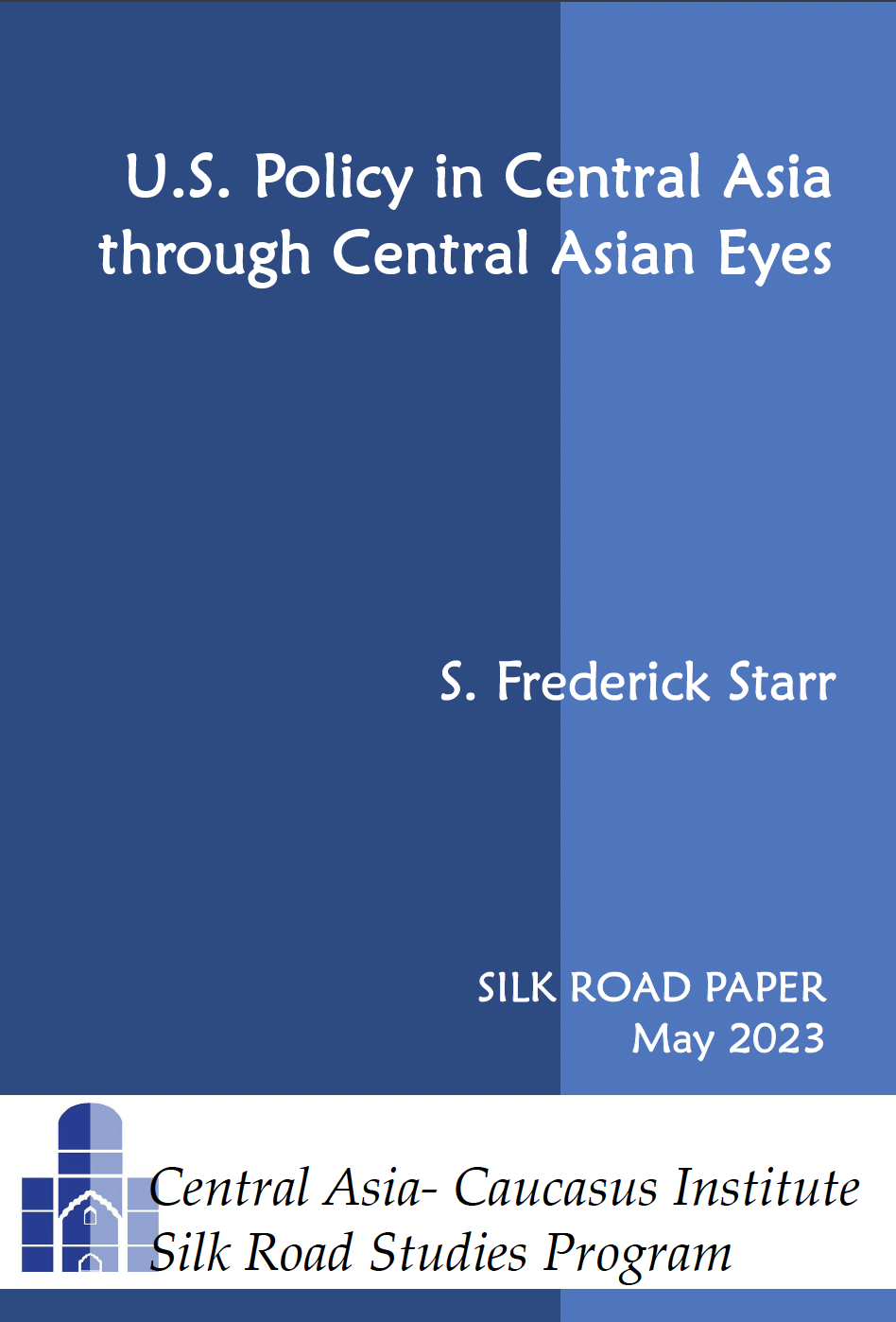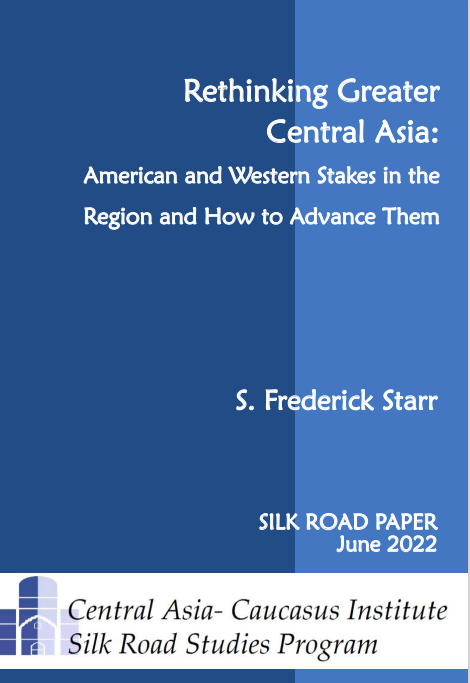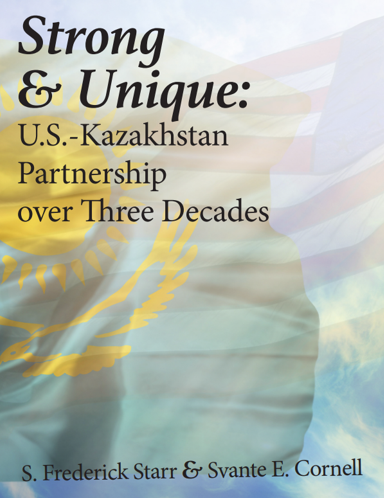In light of the announced withdrawal of NATO troops from Afghanistan by 2014, one expert made the adequate observation that “the Central Asian states are left confused, but not surprised.” The one issue causing the most confusion is the role of the Taliban movement in shaping the political landscape of Afghanistan after 2014. There are currently more questions than answers regarding this issue, which should be clarified to provide the Central Asian states with clues about how to deal with the movement when foreign troops leave the country.
BACKGROUND: Over the past eleven years the U.S. and its allies have been fighting a bloody and costly war against elusive, yet determined Taliban insurgents. In 2001, the stated objective was to end Afghanistan’s status as a safe haven for terrorists and pull the country out of the decades-long instability.
Although this rhetoric remains unchanged today, patience is running out as the 2014 deadline approaches. Moreover, there appears to be a lack of coherence in the strategic vision of Afghanistan’s future, best illustrated by the different messages and timeframes as to when and how quickly troops are to be withdrawn. In the words of one British politician, the situation resembles “a disorderly rush for the exit.”
Afghanistan’s fate after 2014 concerns not only NATO and the Afghan government, but also its Central Asian neighbors in the north. The fears accumulating in the region’s capitals are by no means different from those in Washington or London, yet to Afghanistan’s neighbors these fears are more directly challenging their vital national interests and security.
The key question for Afghanistan’s northern neighbors concerns the willingness of the Taliban to become involved in the peace process. After the 9/11 attacks, it was considered taboo to contemplate bringing the Taliban to the negotiating table. For this reason, the Pashtuns – whose main political representative was the Taliban – were excluded from the political process. As the death toll and the war expenditures mounted, it became clear that some form of internal accommodation of the Taliban is necessary. But is the Taliban ready for this under current circumstances?
IMPLICATIONS: Some evidence might suggest that the security and foreign policy establishments in Central Asia are still in the process of formulating their strategies toward Afghanistan and the Taliban after 2014. One could assume that these entities may well be left with one of the three most likely post-2014 scenarios. The ‘best case scenario’ is that one of the main segments of the movement finally opts for dialogue and eventually joins hands with the central government to seek reconciliation. This would hopefully force more radical groups within the Taliban to follow suit. Regional players might come to realize that helping Afghanistan to recover is not only good from a security point of view, but also in terms of supporting their economies through construction projects and export of industrial and agricultural goods.
The second “business as usual” scenario would imply that clashes between the Taliban and government forces continue, with the only difference that the latter will have to cope with the insurgency on its own. There are some indications suggesting that the security situation in Afghanistan without ISAF will be much more severe than it is now.
The third “worst case scenario” suggests that NATO’s withdrawal will only boost the Taliban’s morale, bringing Afghanistan to the brink of another civil war and possibly to a second overtaking of Kabul. A situation resembling the second or third scenarios, or a combination of the two, represents the single most serious challenge to Afghanistan’s northern neighbors.
Given the latest incidents, notably the assassination of former President Rabbani, the government’s chief negotiator with the Taliban, along with the ongoing debates on whether the Taliban may mount pressure on foreign and national forces prior to 2014, the Central Asian states seem to be less than optimistic about the best case scenario. No matter how skillful, professional and committed the Afghan National Security Forces (ANSF) are, the NATO pullout may give the Taliban an opportunity to become active militarily and more reluctant to talk. For this reason, Afghanistan’s northern neighbors would probably not mind if the U.S. suddenly decided to retain a residual combat force to assist the ANSF against radical elements of the Taliban and to conduct counter-terrorist operations against al-Qaeda after 2014.
It is nevertheless premature to term the situation completely hopeless. Some regional players retain a cautious optimism for an improvement, for example Tashkent, where memories of the Taliban and the Northern Alliance negotiating for the first time more than a decade ago are still fresh. Yet for such optimism to prevail, the structural integrity and broader political agenda of the movement needs to be clarified.
It is still not clear to Central Asian governments which Taliban faction will take the lead in future negotiations: Quetta Shura of Mullah Omar, Gulbuddin Hekmatyar’s Hezb-e-Islami, or the Haqqani network. All of these factions at some point entertained close contacts with Al Qaeda, Islamic Movement of Uzbekistan and other jihadist organizations in the region. However, the deteriorating security situation across the border might leave the Central Asian states with little choice but to recognize the Taliban as part of the solution rather than a problem. What matters then is the political vision of the Taliban with respect to power-sharing, institution-building, narcotics production, border control, security guarantees for foreign firms, and the policy toward national consolidation.
Afghanistan’s northern neighbors might be particularly concerned with the state of interethnic relations, as there is a risk of further divisions between Pashtuns, Uzbeks, Tajiks, Turkmen and Hazara. Even former president Rabbani was quoted as saying that “bringing back the Taliban by some kind of reconciliation is to bring an ethnic card into play in Afghanistan.”
Furthermore, the Central Asian governments cannot discuss Afghanistan’s future without reflecting on Pakistan. In the short term they might somehow tolerate the current deadlock between NATO and Pakistan as well as between Pakistan and Afghanistan. This short term stance is important to the Central Asian states from an economic point of view, as the current state of U.S.-Pakistani and Afghan-Pakistani relations have paradoxically revitalized the importance of the Northern Distribution Network.
However, in the long run, the understanding of Pakistan’s indispensable role in appeasing the Taliban and the significance of maintaining healthy relations with the U.S. and Afghanistan will outweigh such temporary economic benefits. Most of the governments in Central Asia understand that if the Taliban accounts for a major “internal trigger” for any instability or positive change inside Afghanistan, then Pakistan would certainly qualify as the main “external trigger.” Moreover, judging from some reports from the region one can assume that there are two main objectives toward Pakistan: one is getting Islamabad onboard as soon as possible for having constructive talks on Afghanistan’s future, and the second is to reassure that Pakistan – the world’s 6th most populous country with nuclear weapons and delivery systems – itself remains politically and economically stable.
CONCLUSIONS: In sum, it is obvious that the Central Asian states have few illusions about the challenges that Afghanistan might face after 2014. There is a fear of a “prematurity” in the withdrawal from Afghanistan. From a Central Asian perspective, even foreign forces are struggling to contain the insurgency in Afghanistan at present. How will Afghan forces cope on their own after 2014? Meanwhile, the popular support for the Taliban, especially in the south, remains high and there are few indications that the situation has improved. NATO’s struggle for the “hearts and minds” of ordinary Afghans recently suffered major blows after the tragic incidents involving the burning of the Koran, the killings of local villagers by a soldier and similar events. These kinds of incidents make the task of negotiating with the Taliban even more problematic.
Although there is much talk about supporting the regional approach in solving dilemmas in Afghanistan, it is obvious that such crucial regional players as Iran, India, Russia and China have not yet been fully engaged in the peace process. Yet, even if they were, any viable format for peace talks before and after 2014 should be Afghan-led and presume a complete removal of preconditions from non-Afghan parties.
AUTHOR’S BIO: Murod Ismailov is currently a Visiting Research Fellow at the Center for Japanese and Advanced International Studies, University of Tsukuba (Japan) focusing on social capital and security in Central Asia.






 Book S. Frederick Starr and Svante E. Cornell,
Book S. Frederick Starr and Svante E. Cornell,